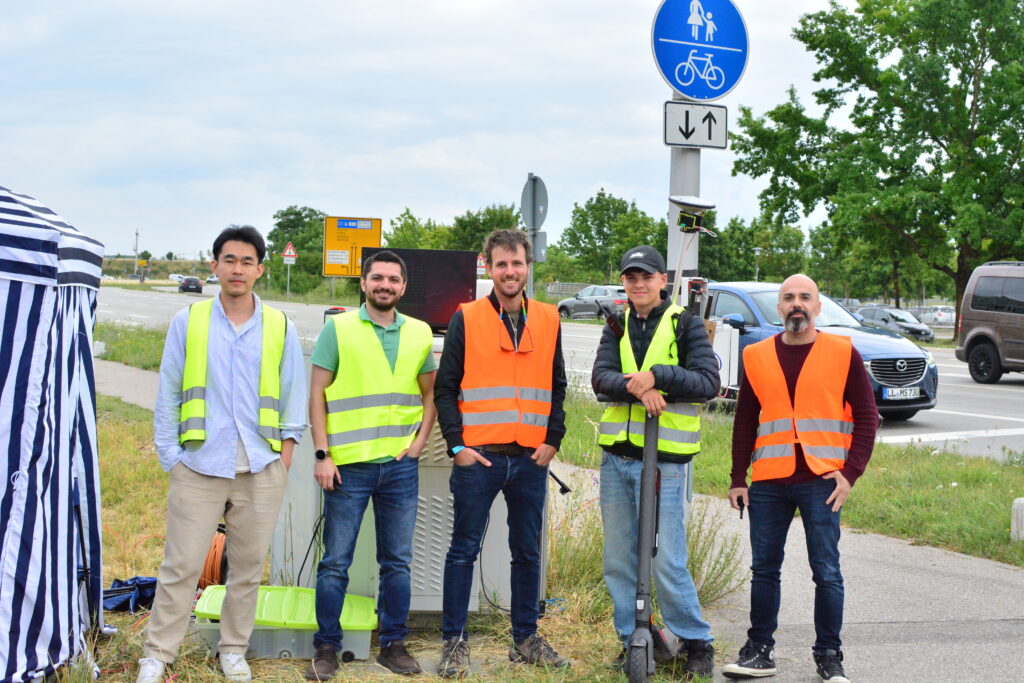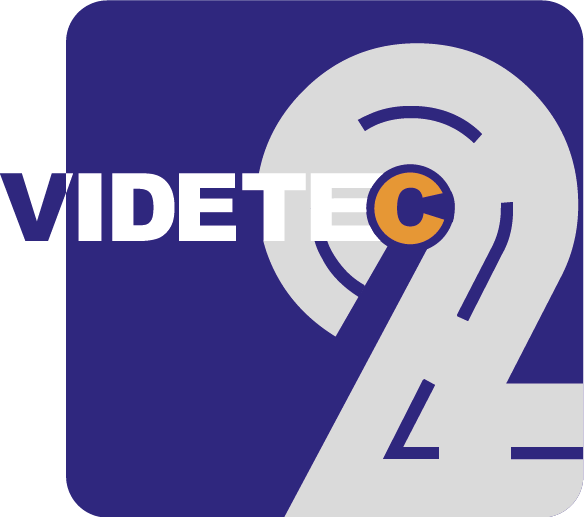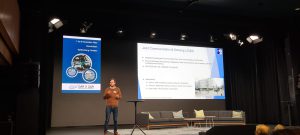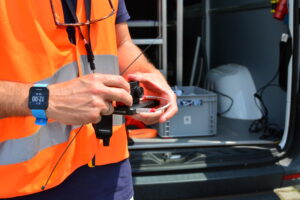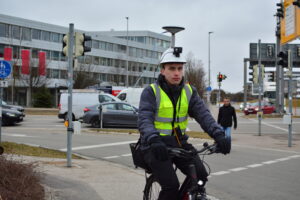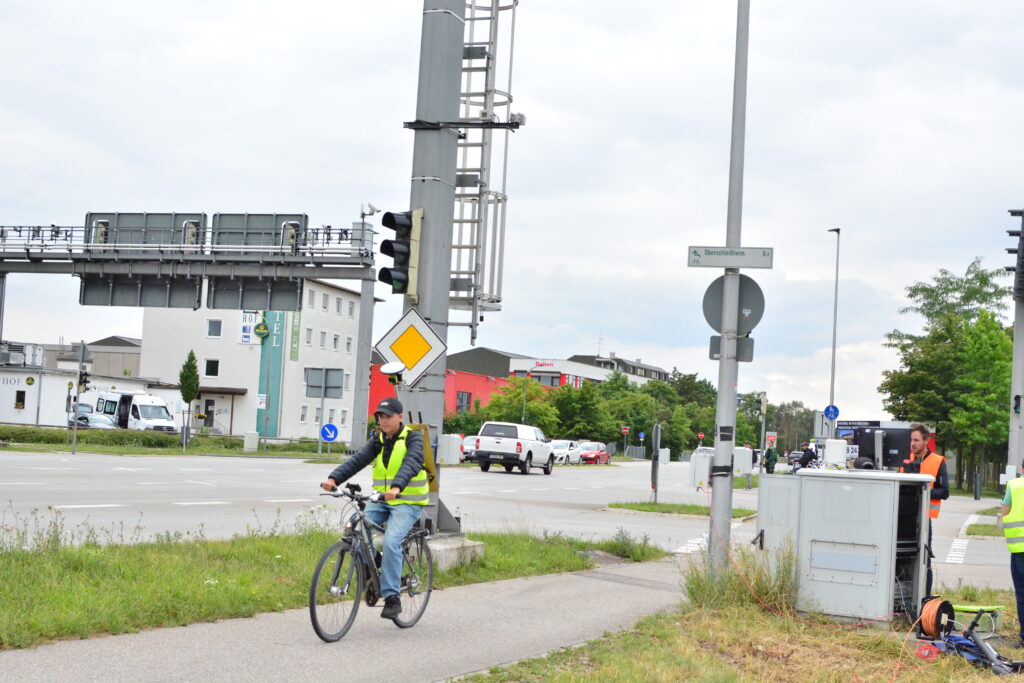
The VIDETEC-2 project has successfully completed its Summer Measurement Campaign, conducted in July 2025.
Building on the winter effort, this phase further advanced the integration and testing of sensing and communication technologies in real-world traffic environments to enhance the safety of Vulnerable Road Users (VRUs)—including pedestrians, cyclists, and scooter riders.
Why summer conditions matter?
Summer brings distinct operational challenges: intense sunlight and sharp shadows, higher pedestrian and micromobility volumes, construction-related detours, and extended daylight that changes traffic patterns across the day. Testing under these conditions complements the winter results and helps ensure that detection and communication systems remain robust across seasonal extremes.
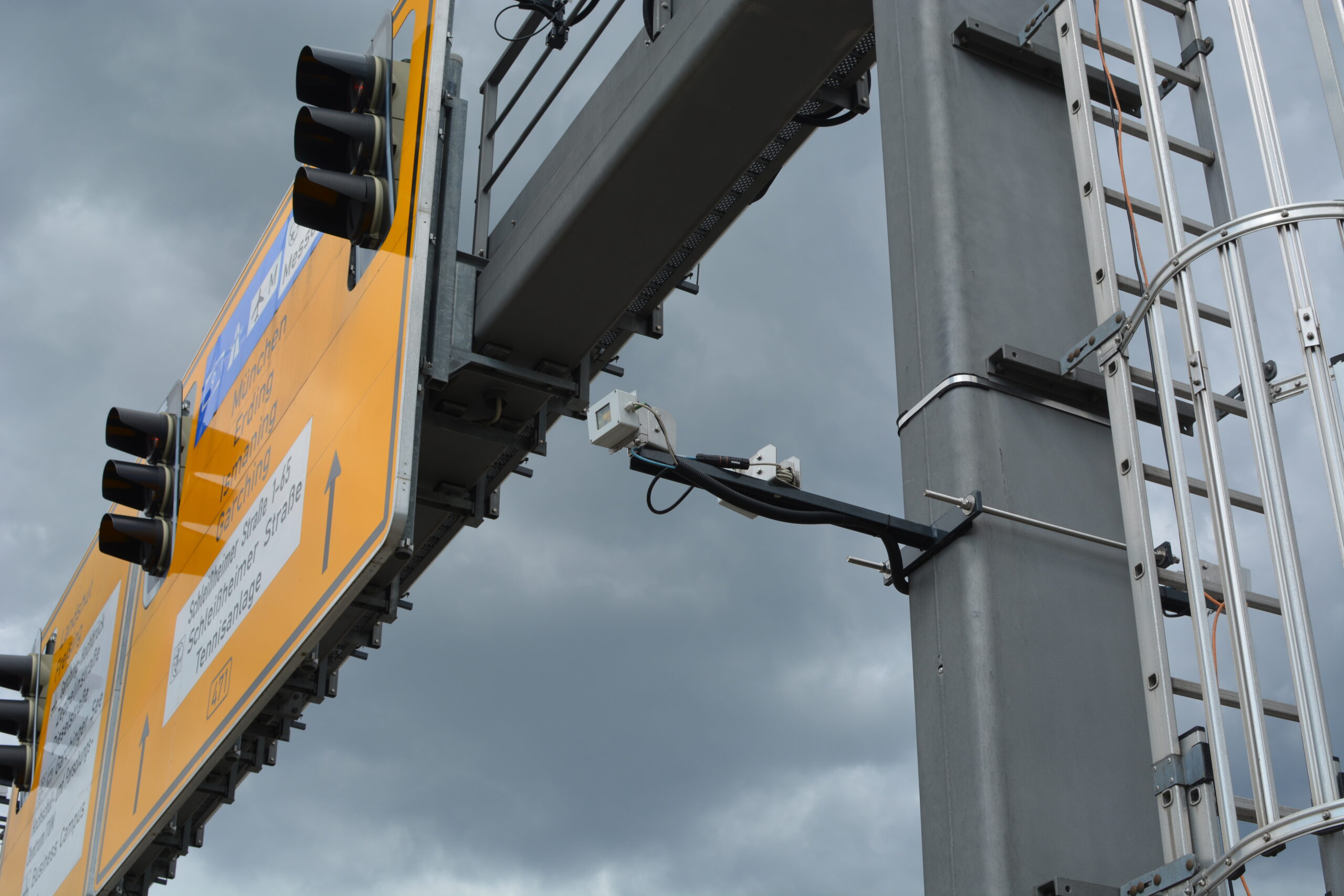
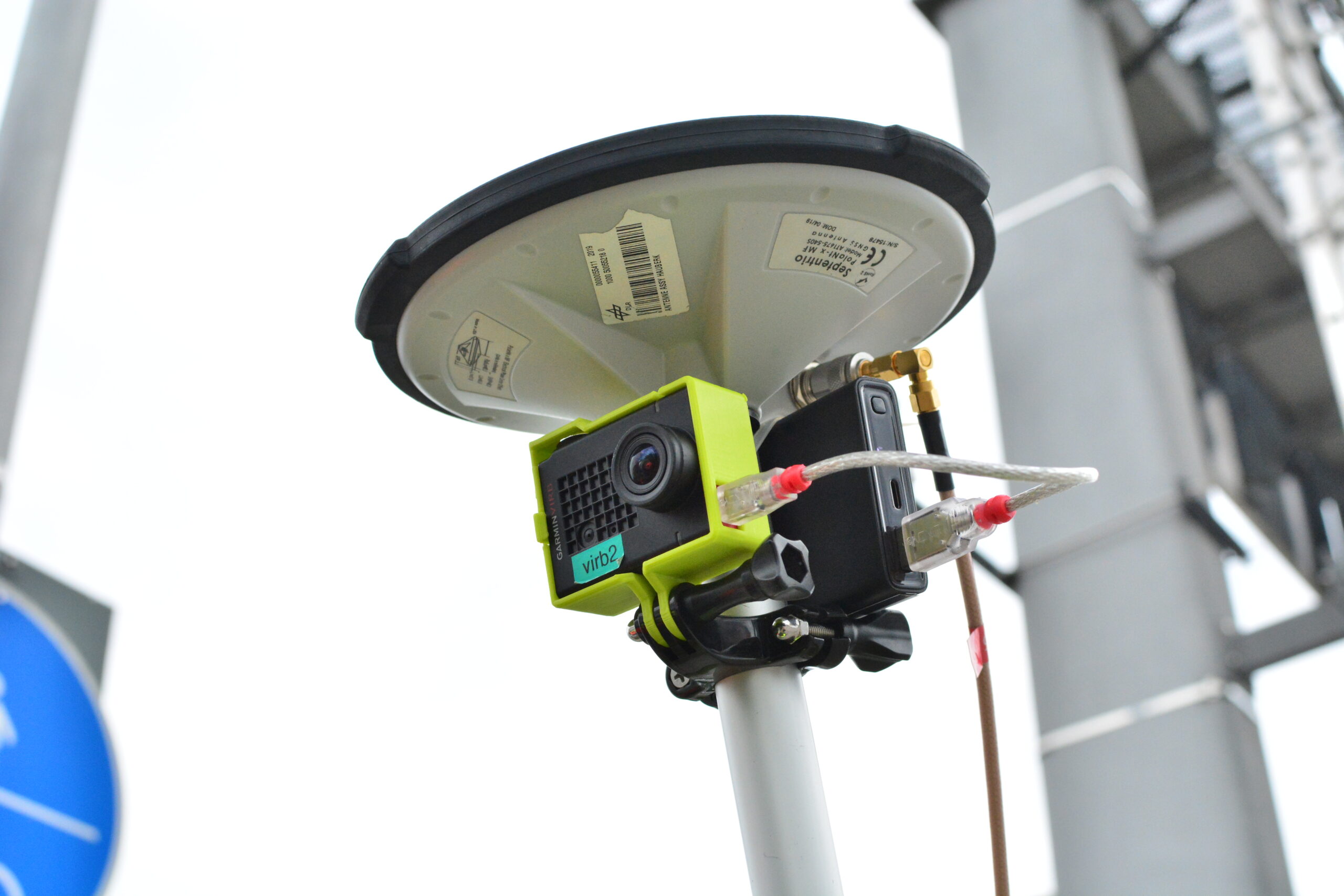
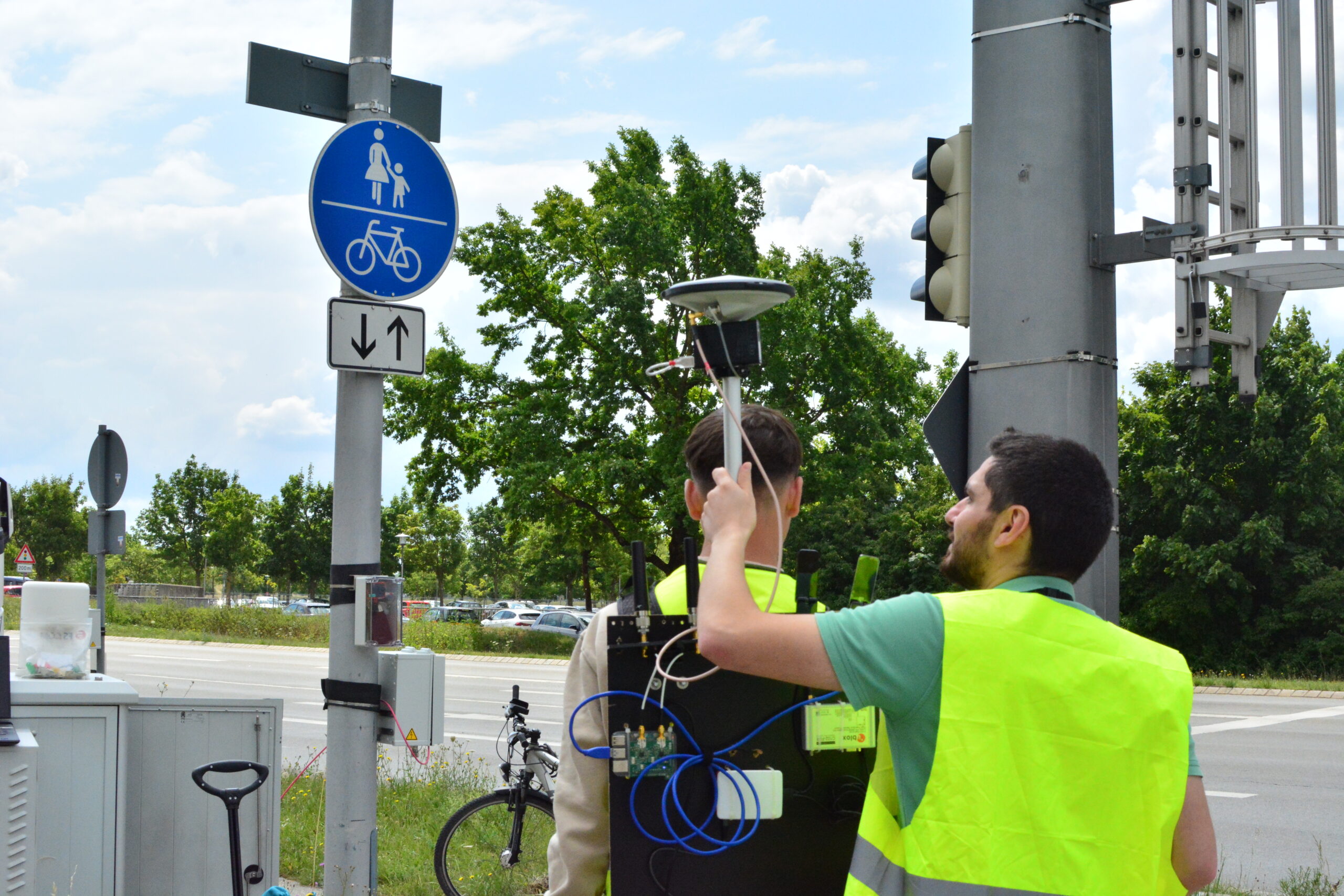
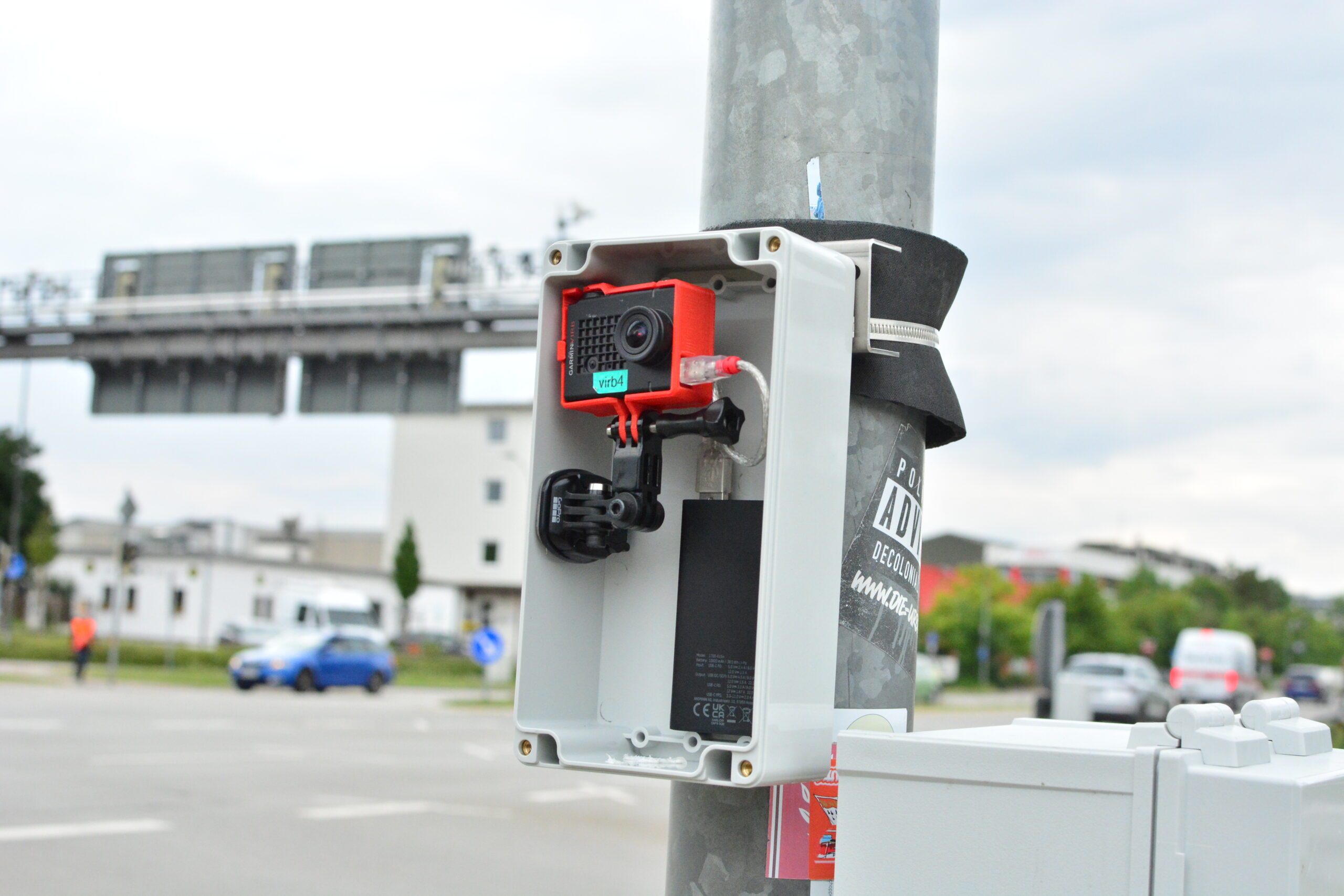
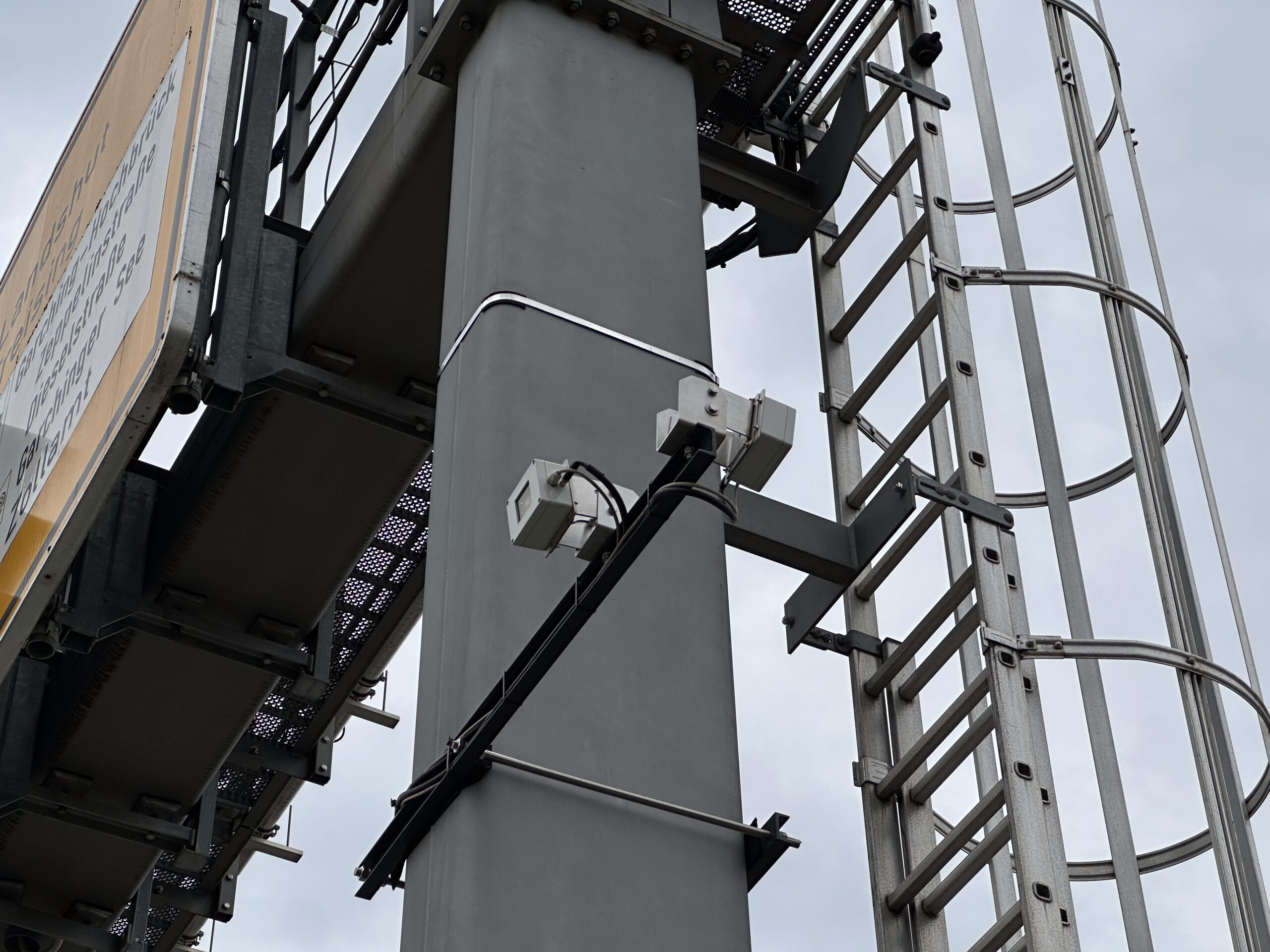
Key Focus Areas & Achievements
Interoperability & Integration: Partners validated common interfaces and data schemas across systems, improving end-to-end compatibility for sensor fusion and tracking.
Sensor Fusion Refinements: The team exercised multi-sensor fusion (e.g., radar and cameras alongside Joint Communication and Sensing, JCS) and strengthened time synchronization and calibration pipelines for consistent, replayable results.
Edge Processing & Connectivity: Real-time processing on edge units and reliable backhaul for JCS nodes were tested at scale, supporting low-latency analytics and event handling.
Data Collection Across Conditions: Extensive datasets were recorded across varied daylight and weather scenarios, capturing diverse VRU behaviors to support post-campaign annotation, ground-truth alignment, and model improvements.
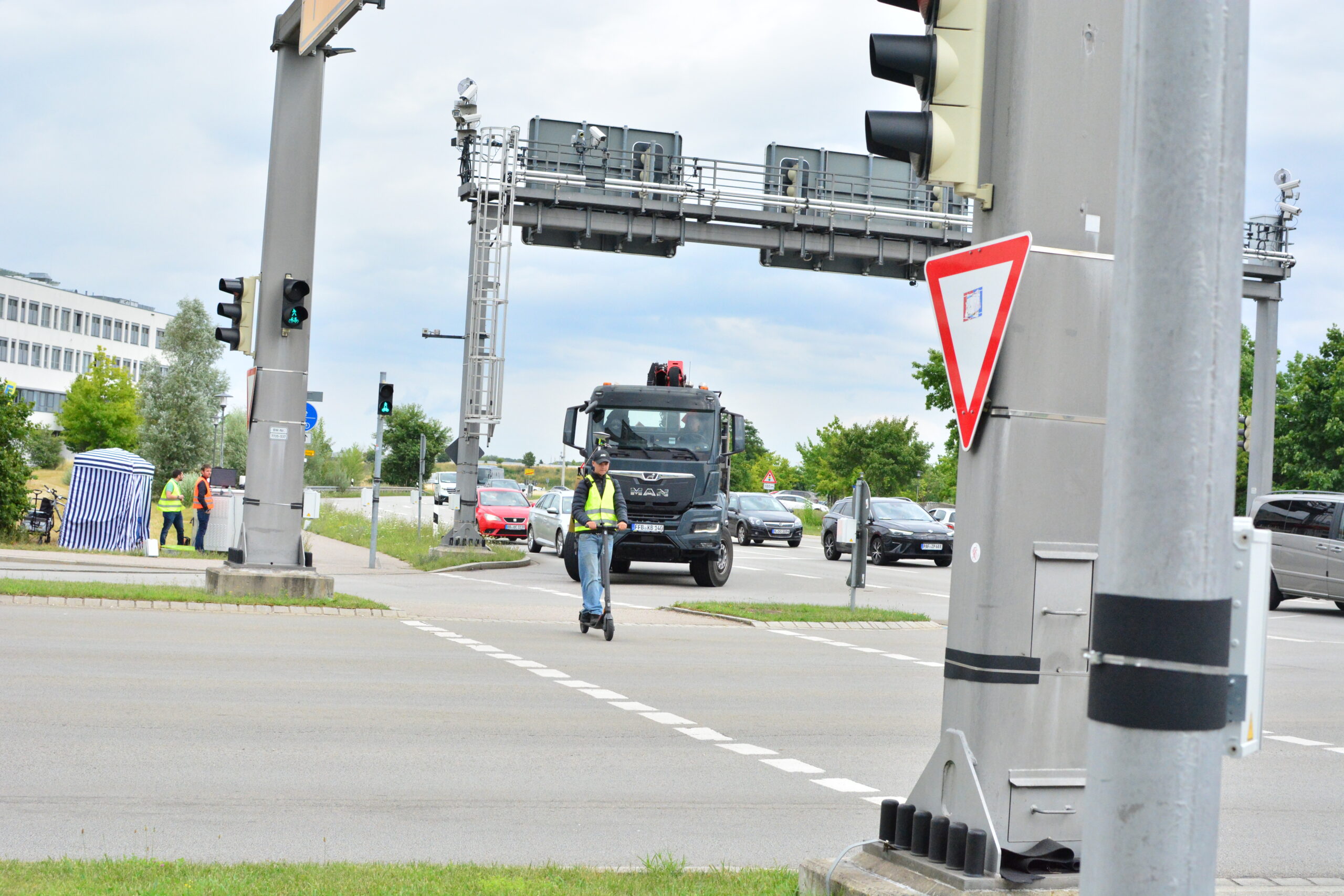
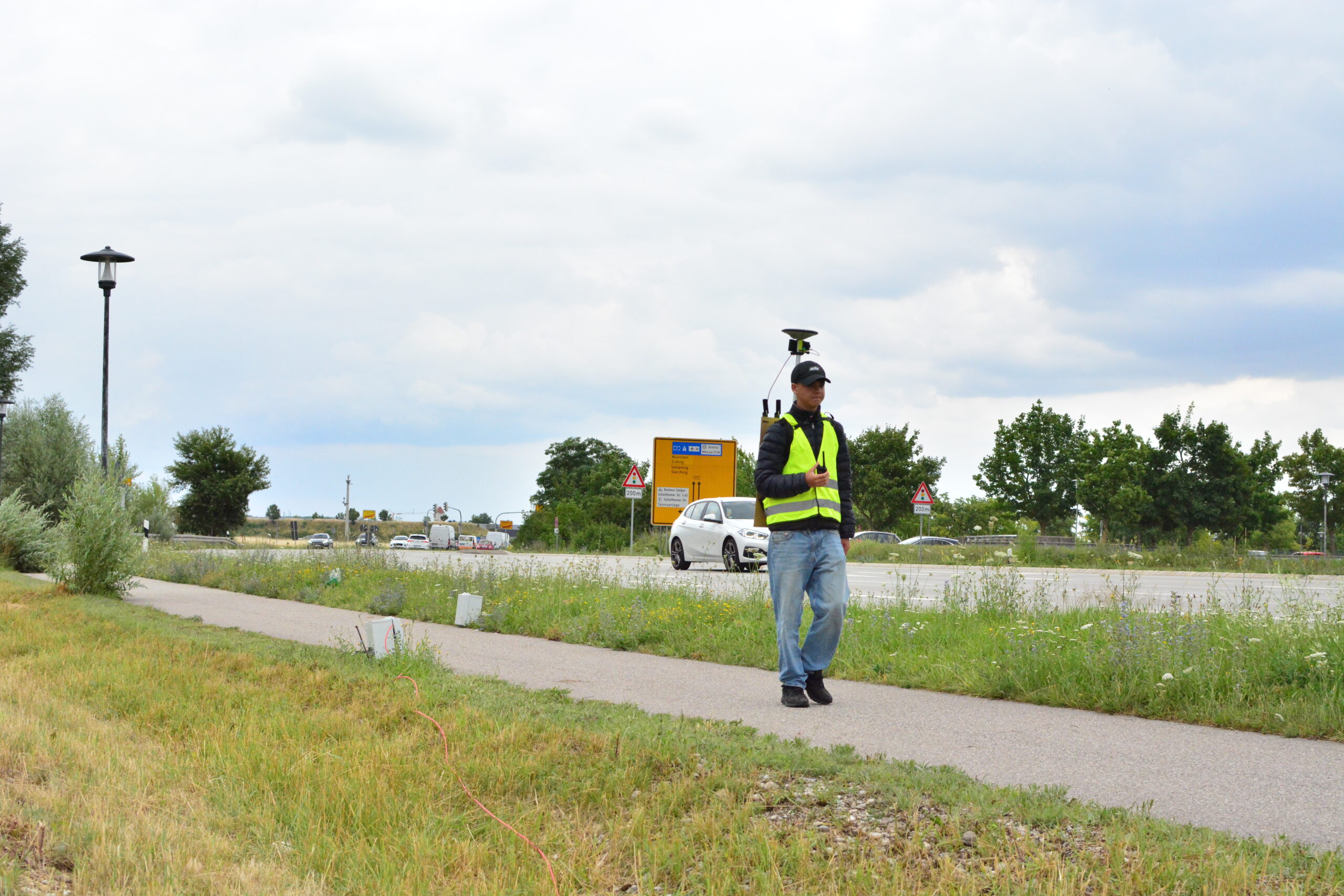
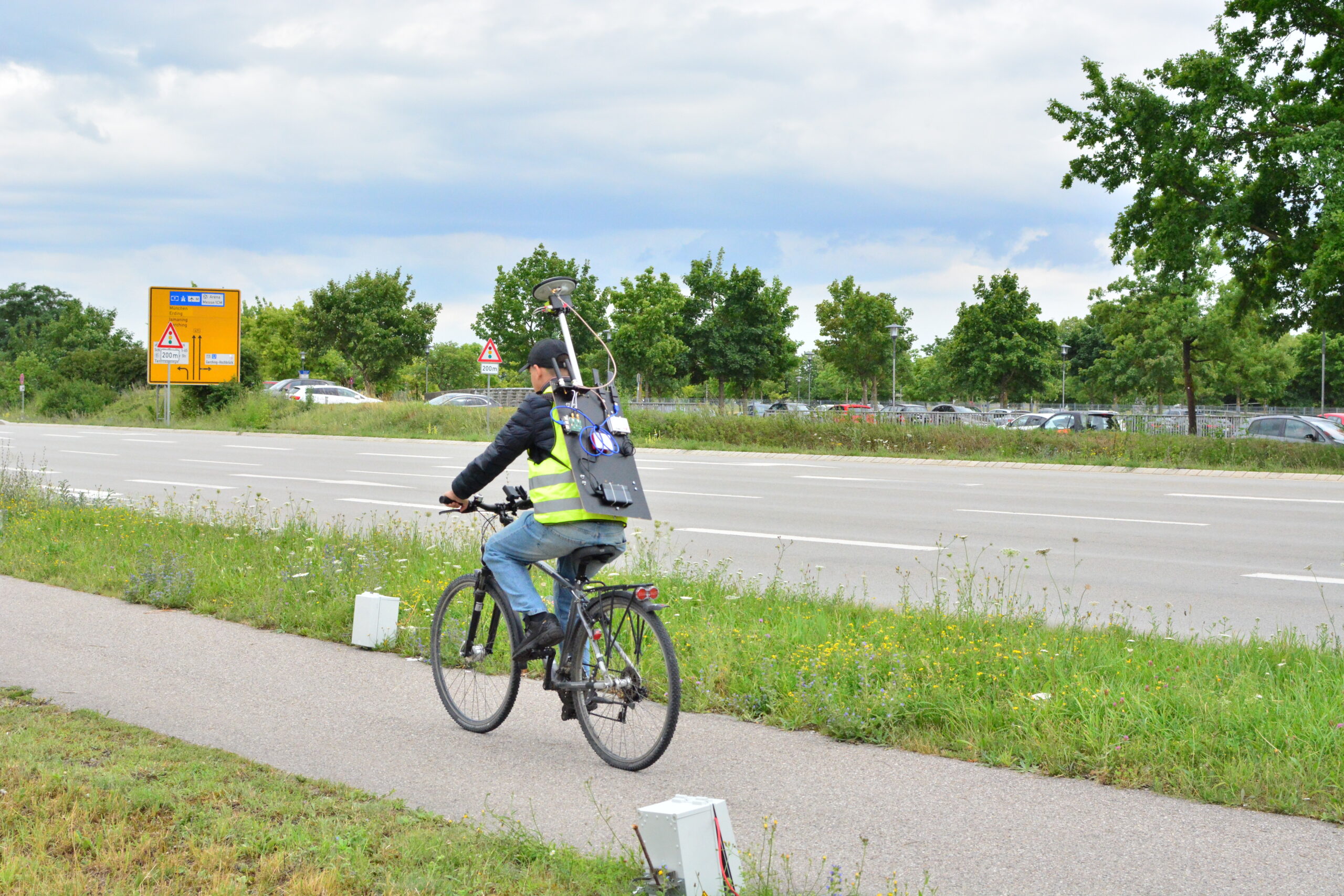
Collaboration for Safer Roads
This campaign was made possible through close collaboration among industry partners, research institutions, and technology providers who share a commitment to safer urban mobility. By iterating in realistic conditions, VIDETEC-2 continues to mature technologies that protect VRUs in everyday traffic.
What is next?
The team will now curate and analyze the collected datasets, report technical findings, and translate insights into the next development milestones—further improving interoperability, fusion quality, and real-time performance. These efforts will accelerate the development of safer and smarter mobility solutions for VRUs.
